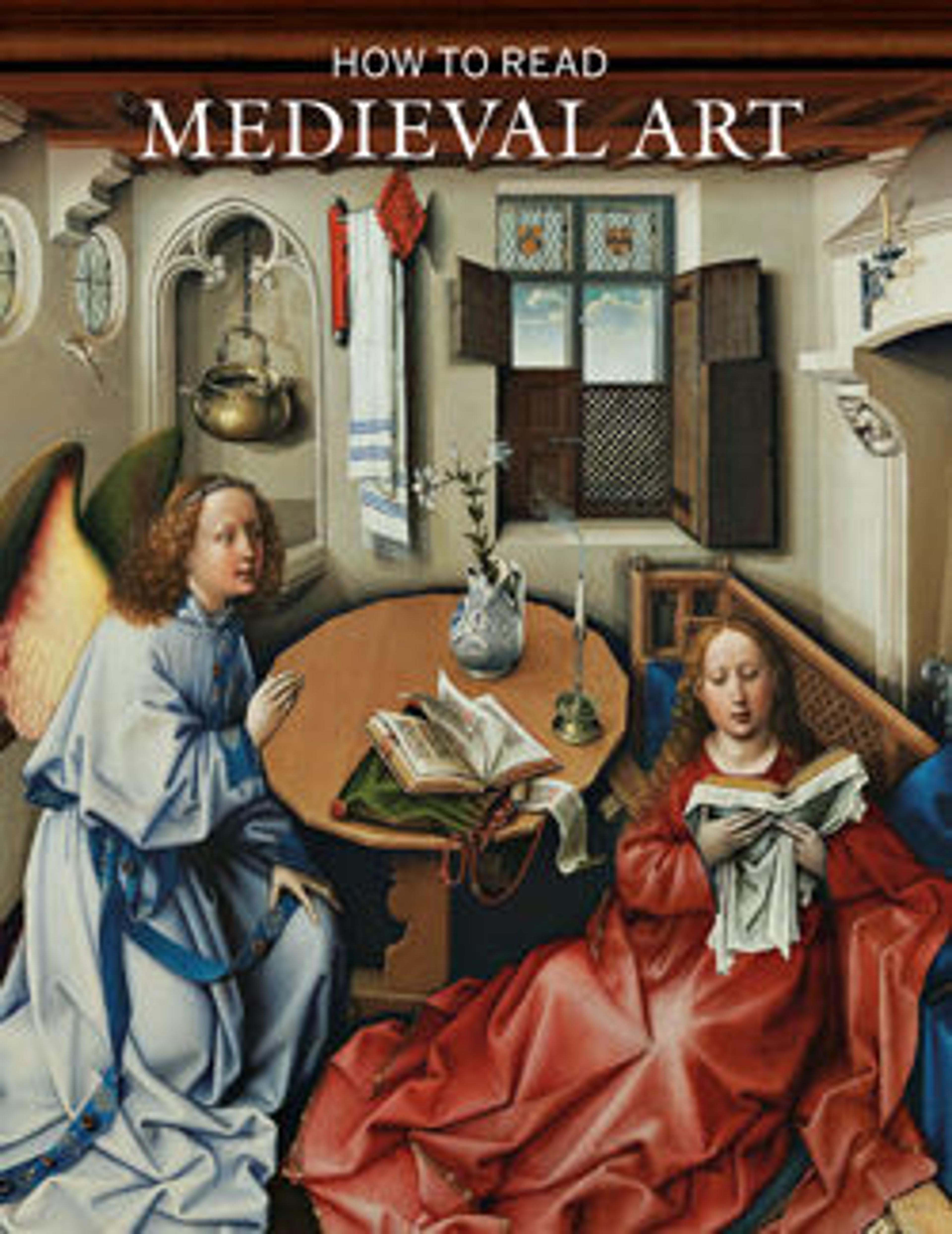Arm Reliquary
Artwork Details
- Title: Arm Reliquary
- Date: ca. 1230
- Geography: Made in Meuse Valley, South Netherlands
- Culture: South Netherlandish
- Medium: Silver, gilded silver, niello, and gems; wood core
- Dimensions: 25 1/2 x 6 1/2 x 4 in. (64.8 x 16.5 x 10.2 cm)
- Classification: Metalwork-Silver
- Credit Line: The Cloisters Collection, 1947
- Object Number: 47.101.33
- Curatorial Department: Medieval Art and The Cloisters
Audio
53. Reliquary Arm
Gallery 14
NARRATOR: This thirteenth-century reliquary in the shape of an arm comes from the Mosan region, which today is part of Belgium. The hand is gilt bronze, and the sleeve is silver over an oak base. The whole piece is richly decorated with gems, filigree, and enamel. Note especially the elaborate plaques with figurative scenes in niello, a technique in which a black compound of sulfur and silver is inlaid on metal surfaces. Reliquaries often form an important part of a church's treasury, and are highly venerated objects. They hold relics of saints or holy persons. Reliquaries were thought to retain the power and holiness of the saintly person. Relics may be bones or objects that have come into contact with the holy person. Reliquaries are sometimes small boxes, large containers, or in the shape of a body part, like this arm reliquary. Usually it is the arm bone of the saint that would be enclosed in an arm reliquary. But, more important is the symbolism of the hand: it gestures, touches, delivers blessings, and can effect miracles like healing.
More Artwork
Research Resources
The Met provides unparalleled resources for research and welcomes an international community of students and scholars. The Met's Open Access API is where creators and researchers can connect to the The Met collection. Open Access data and public domain images are available for unrestricted commercial and noncommercial use without permission or fee.
To request images under copyright and other restrictions, please use this Image Request form.
Feedback
We continue to research and examine historical and cultural context for objects in The Met collection. If you have comments or questions about this object record, please complete and submit this form. The Museum looks forward to receiving your comments.
